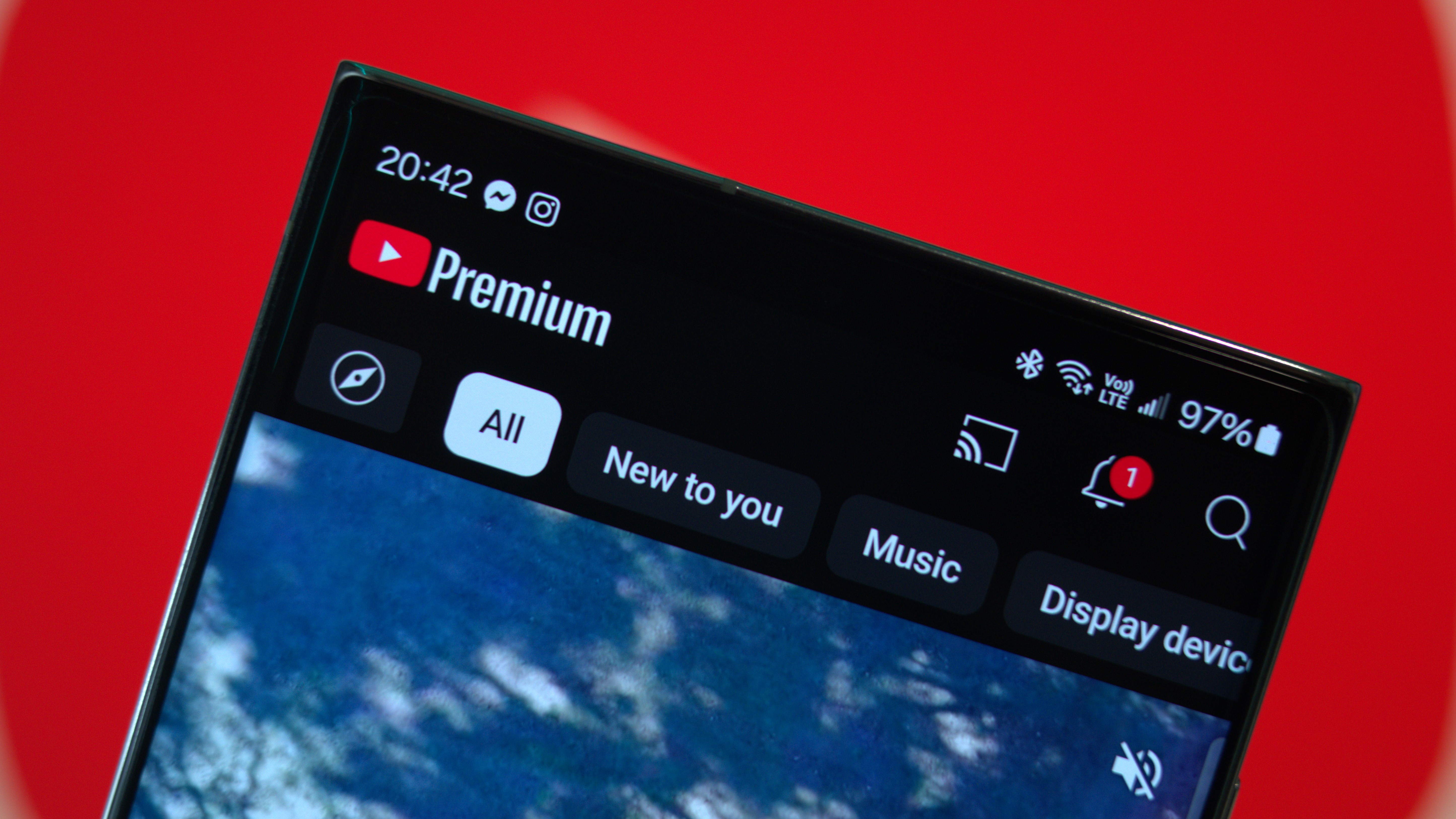Best smartwatches for battery life 2025
With the best smartwatches for battery life, you can wait weeks (or months) between charges instead of days.
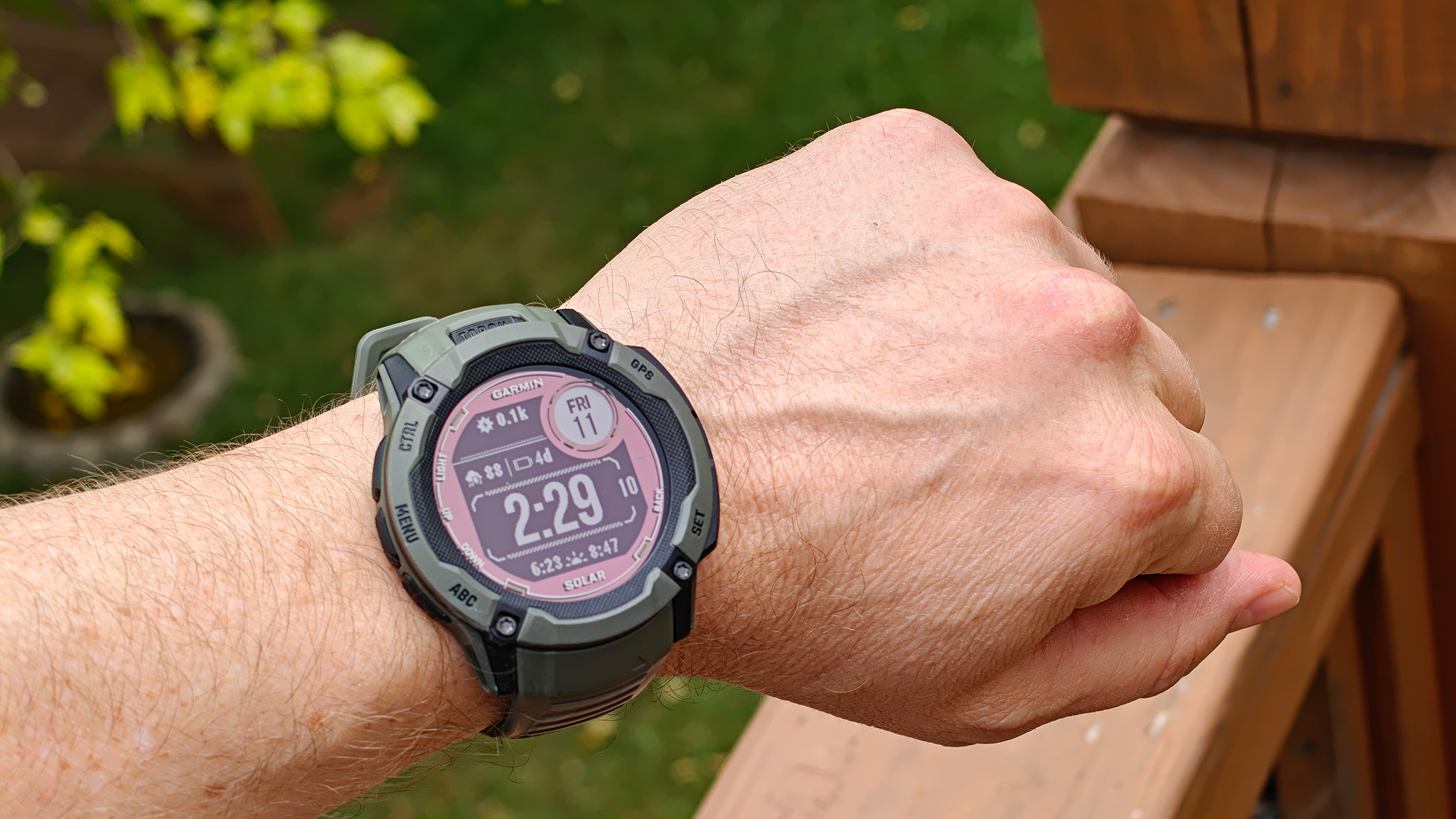
At a glance
1. Best overall
2. Best Wear OS
3. Best budget
4. Best hybrid
5. Best premium
6. Best longevity
Honorable mentions
Battery life across brands
How to choose
Battery life is one of the features we always ask about for a smartwatch: how long does it last? Recharging daily can be annoying, as is forgetting to charge at night only to wake up to find your sleep wasn't tracked and you won't be able to log your morning run. The best smartwatches for battery life don't just last beyond a day or two, they can run for days, sometimes a week or more, before needing a battery boost.
Considering how much we rely on your smartwatches, this is a big deal. It can even be the deciding factor for some. I mean, who wouldn't welcome one less device to have to plug in every single day?
Keep in mind that some smartwatches with great battery life require some concessions to get it, like turning off the always-on display, or leveraging a battery saver mode with limited features to extend it. But you can find premium smartwatches that last a long time with full features, and we have rounded those up for you.
I've tested dozens of watches across brands and not surprisingly, the ones that last longer between charges are a delight for this reason. Here’s a round-up of the best ones.
If you're looking to upgrade, now is the perfect time to do it because Black Friday and Cyber Monday sales have just kicked off, offering deep discounts on many of the smartwatches on this list. We're covering all of the best holiday offers as they go live, so bookmark Android Central for all of the best Black Friday deal coverage.

Michael Hicks is Android Central's resident smartwatch geek, having reviewed or tested dozens of wearables from Samsung, Google, Apple, Garmin, Fitbit, Coros, Polar, Withings, Amazfit, and others. He spends his free time running or hiking while wearing several watches at once, testing which is most accurate.
At a glance
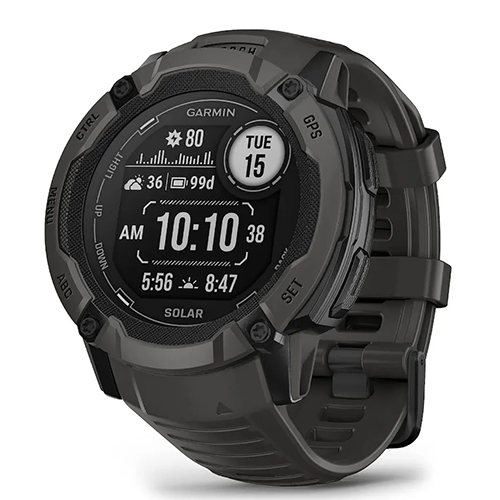
Best overall
Our top pick is a watch that can technically last indefinitely, as long as you get enough daily sunlight. The Instinct 2X Solar is rugged, packed with Garmin training smarts, and has a built-in flashlight.
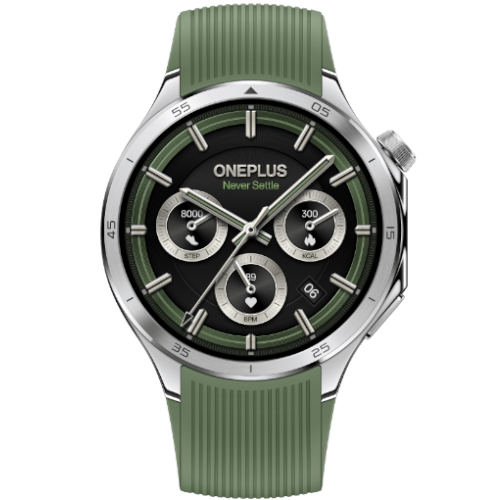
Best Wear OS
The OnePlus Watch 3 lasts 4-6 days, much longer than other Wear OS watches. But it can last 16 days in its power saver mode, four more days than its predecessor. Plus, you get smarts like third-party apps, Google Assistant commands, and text replies, keeping you connected all day.
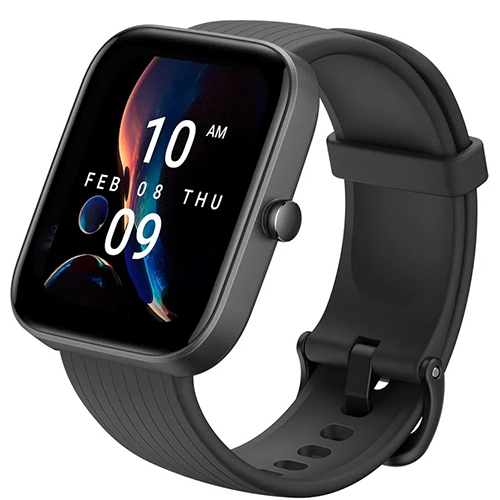
Best budget
This tracker allows you to go on a two-week vacation while leaving the charger at home. It provides basic health and sleep data, plus some useful fitness insights, and it's affordable compared to the rest.
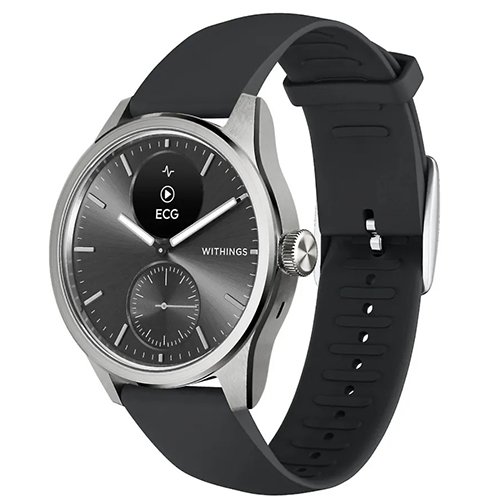
Best hybrid
Hybrid watches aren't known for their software smarts, so expect nothing beyond simple notification pop-ups with this one. However, this watch offers incredibly insightful health data, a classic design, and lasts for up to a month per charge.
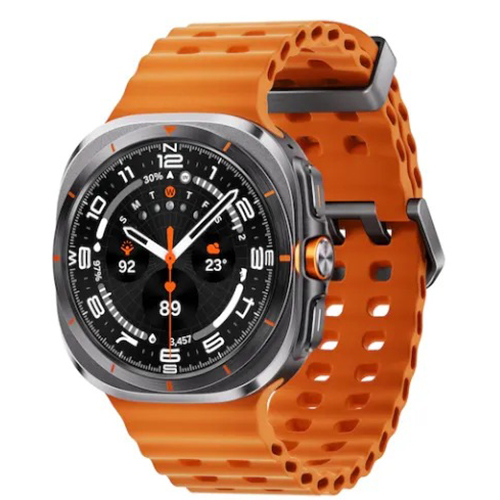
Best premium
The Galaxy Watch Ultra consistently lasts three days with AOD active. Although it is on the pricey side, it has the best Android watch software, fantastic health and fitness tools, and four years of promised updates to help it last a while.
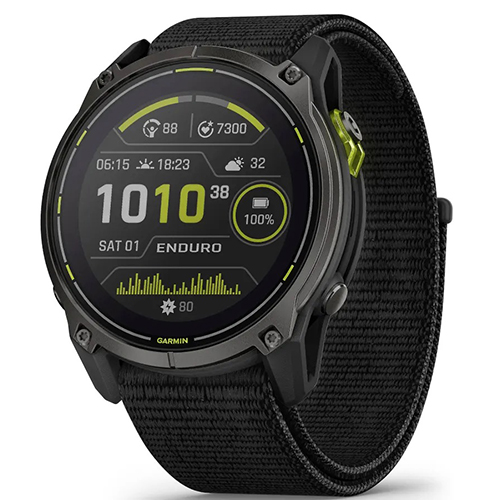
Best longevity
If battery life is your main concern, you won't find another watch that matches the insane 320 GPS hours or three months per charge of this smartwatch, thanks to its solar tech. Beyond that, its software is much more advanced than the Instinct 2X Solar.
Best overall
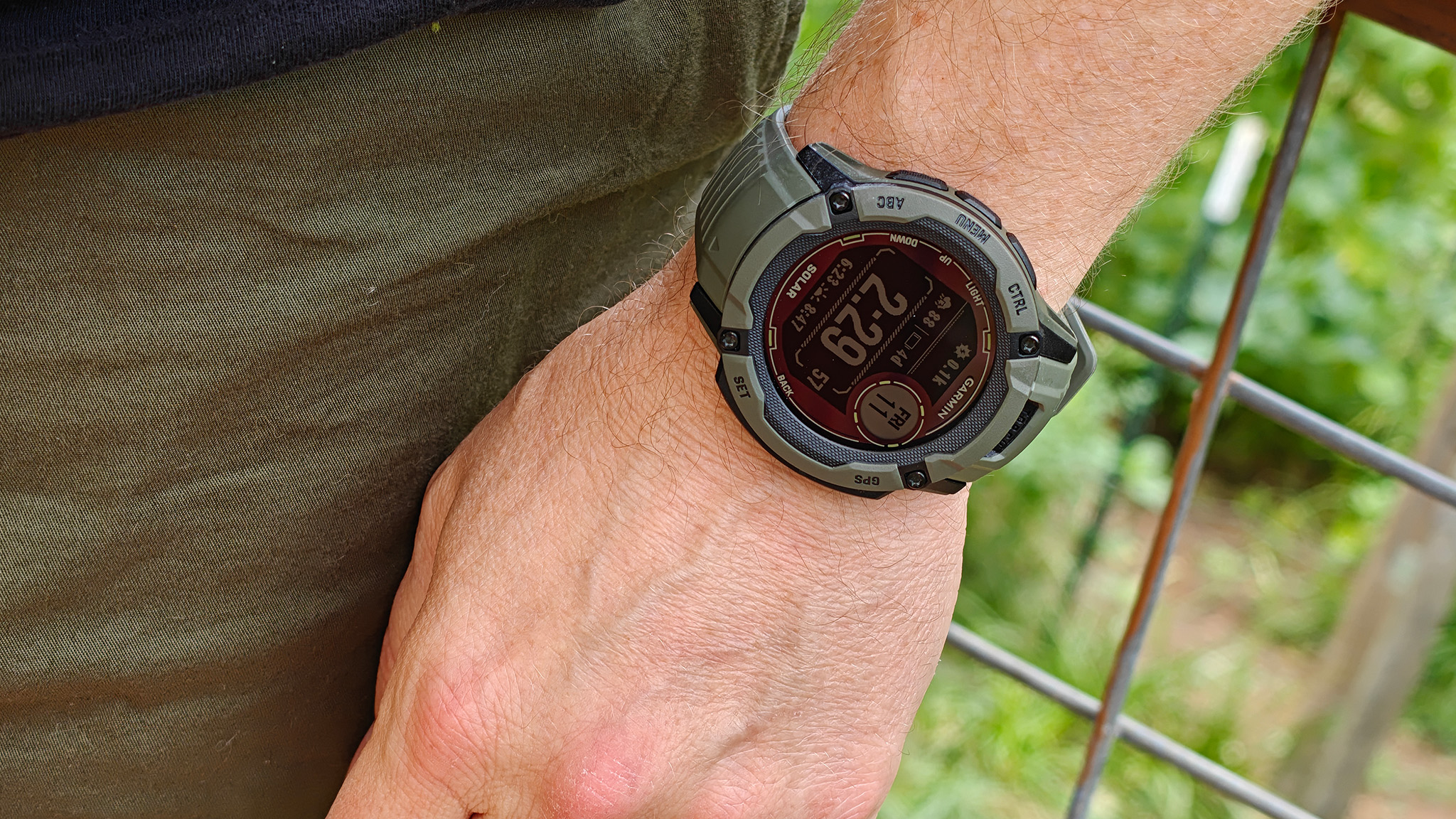
Specifications
Reasons to buy
Reasons to avoid
Our top pick doesn't have "unlimited" battery life, mainly if you use plenty of dual-band GPS or the built-in flashlight. But thanks to its efficient solar panel and low-res MIP display, the Garmin Instinct 2X Solar will offset all the notifications, ongoing health tracking, and short GPS bursts if you spend a few hours outdoors every day. If not, you'll still have a strong 40-day baseline.
I gave the Instinct 2X Solar a glowing review not solely because its battery life was "head and shoulders above any other GPS watch I've ever tested" but also because it uses a comparable set of training tools as my favorite Forerunners, such as training load/readiness, HRV stress data, sleep analysis, and recovery time estimates. The flashlight makes it useful for both day and night training.
Other MIP Garmin watches do better, like the Garmin Enduro 3 (see below) or Fenix 8 Solar, or come close with more useable AMOLED tech. However, the Instinct 2X Solar costs about half as much as these premium models, and I'm focused on keeping our best battery picks as accessible as possible.
On that note, I regarded the Garmin Instinct 2 Solar for this spot simply because it costs $100 less, still has an "unlimited" battery on top of a 28-day baseline, and is more comfortably compact. However, when you contrast the Instinct 2 to the 2X, the 2X has a more optimized solar panel, dual-band GPS, and a more readable MIP display, making it the best choice.
Alternative pick: Besides the Instinct 2 Solar, I've tested and enjoyed using the COROS VERTIX 2S. It also lasts 40 days per charge and beats it for dual-band GPS hours (43 vs. 36) despite having a higher-res, full-color MIP display. It won't recharge in sunlight, but it still lasts a long time!
Attribute | Quick look | Score |
|---|---|---|
Battery life | You won't find many "unlimited" recharging watches like this | ★★★★★ |
Display | Very readable outdoors, but low-res and limited by two-window design | ★★☆☆☆ |
Design | Ruggedness and cool outdoorsy feel, though some will prefer the smaller Instinct 2 | ★★★★☆ |
Price | Expensive compared to mainstream watches, cheap compared to other Garmin solar watches | ★★★☆☆ |
Software | Excellent for fitness tools, but missing mainstream smarts and high-end Garmin tricks, and rather slow CPU | ★★☆☆☆ |
Health | Excellent accuracy for standard metrics and all-day SpO2 data, but no ECG or skin temp | ★★★☆☆ |
Fitness | Will absolutely help you improve as an athlete, with no subscription required | ★★★★☆ |
Best Wear OS
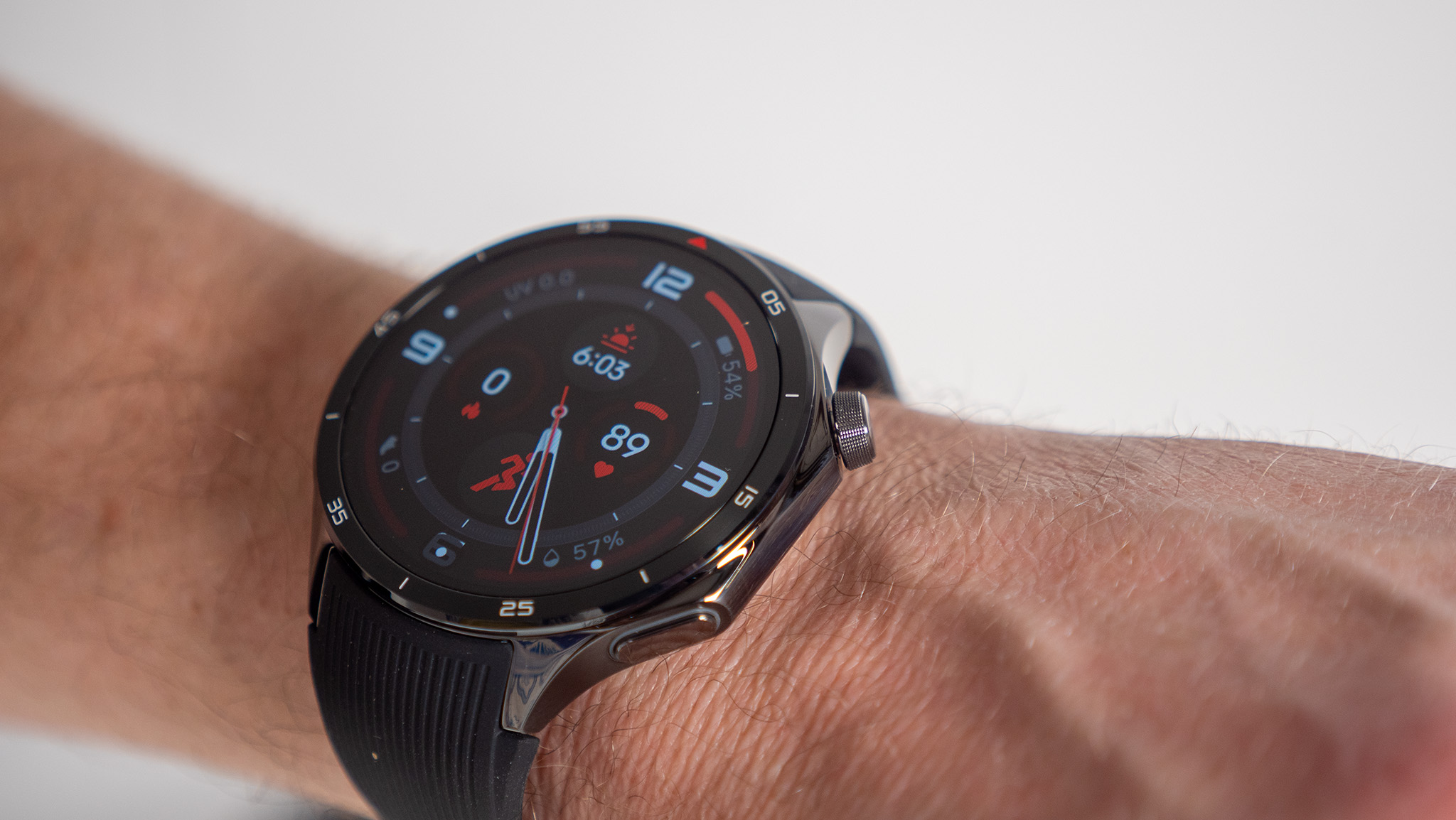
Specifications
Reasons to buy
Reasons to avoid
A long-lived Apple or Android watch is relative. In ideal conditions, a typical Galaxy or Pixel Watch lasts about 48 hours, while the OnePlus Watch 3 lasts 72 to 120 hours. However, the battery life depends on your settings and how much you use the apps. Almost any fitness watch performs better, but the Watch 3 is an excellent, practical option if you need proper smarts.
The smartwatch lasts longer thanks to the Wear OS Hybrid Interface, which assigns background tasks like health tracking and notification to the low-powered coprocessor to save battery life. Every Wear OS watch has this tech, but OnePlus uses its own RTOS for these tasks and is more efficient for whatever reason. According to our OnePlus Watch 3 reviewer, he regularly got 4 days of use even with the AOD on, sleep tracking all night, and logging an hour workout per day.
A Power Saver mode also extends the battery life to 16 days, four more days than the previous generation but still long-lasting OnePlus Watch 2. Our reviewer notes that he did not experience any of the heart rate sensor or occasional notification issues with Power Saver mode in the OnePlus Watch that he did with the OnePlus Watch 2.
However, since it turns off most of the smarts that make the Watch 3 worth picking over a fitness watch—from the Wear OS apps and Google Assistant to health tracking—you probably won't get much use out of it. What matters more is its faster VOOC charging, which tops off the massive 631mAh battery at lightning speed. Our reviewer said he got to 75% in just 20 minutes, up to full in another 20.
You can also consider the OnePlus Watch 2R variant of the previous-gen model, which has the same hardware, battery, and software but a lighter, less rugged design. Any of the three models could have taken this slot.
Alternative: I also considered the TicWatch Pro 5 Enduro, a Wear OS watch with the same four-day smart mode and an outstanding 45-day "Essential mode" with a long-lasting dim backlit display. But I chose the Watch 2 because the TicWatch series takes years to receive updates, while OnePlus is due to offer two OS updates and three years of security updates, so you don't end up with an outdated smartwatch any time soon.
Attribute | Quick look | Score |
|---|---|---|
Battery life | Consistently long-lasting thanks to hybrid OS | ★★★★☆ |
Display | Large and high-res, average brightness, no smaller size option | ★★★★☆ |
Design | MIL-STD-810H and attractive design, wish it had a smaller size option | ★★★☆☆ |
Price | Excellent price for what it offers | ★★★★☆ |
Software | Wear OS with promised software support, Google Assistant, third-party apps | ★★★★☆ |
Health | Missing some essentials, but an improvement from the Watch 2 | ★★★★☆ |
Fitness | Accurate dual-band GPS, but lacking on training tools and metrics | ★★★☆☆ |
Best budget
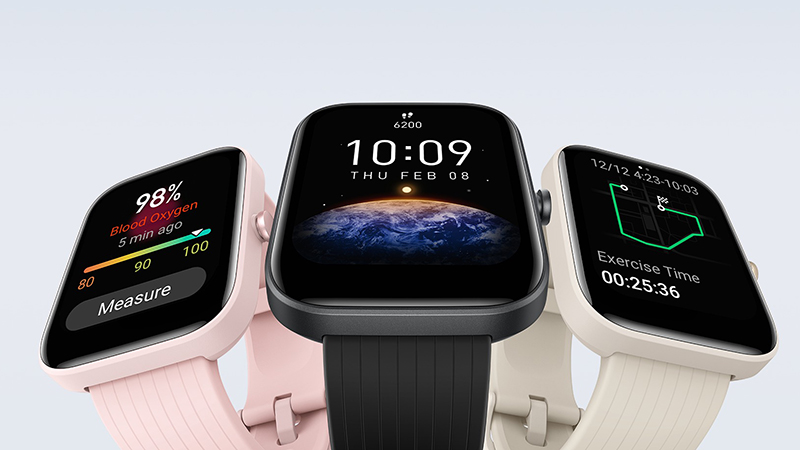
3. Amazfit Bip 3 Pro Smart Watch
Specifications
Reasons to buy
Reasons to avoid
It's unclear if fitness trackers—aka pseudo-smartwatches —belong on this list, but they last one or two weeks per charge and cost significantly less than true smartwatches. For some people looking for the best budget option, something like the Amazfit Bip 3 Pro Smart Watch is exactly what they want.
The Amazfit Bip 3 Pro has a fully customizable watch face that lets you edit its information. You can also also visit the app for more watch face options. The watch shows data for your active minutes, standing time, and steps. It'll also show your stress levels, and you can do handy things like control your music from the watch.
Despite being so cheap, the Bip 3 Pro has fitness insights you'd find on fancier watches like VO2 Max, training load/effect, and recovery time. The PAI score summarizes your training data and tells you if you're on track to improve (or aren't remaining steady) as an athlete. It's great getting these insights on the Bip 3 Pro if you're only looking for something on a basic level.
Alternatives: We haven't reviewed the Xiaomi Smart Band 9, which launched late last year, but it has a 1.62-inch AMOLED, a Vitality points system similar to PAI, and up to 21 days of battery life, all for about the same price.
Attribute | Quick look | Score |
|---|---|---|
Battery life | Impressive longevity in a compact device | ★★★★☆ |
Display | Surprisingly bright | ★★★☆☆ |
Design | Not especially attractive or rugged, pretty basic | ★★☆☆☆ |
Price | Can't be much cheaper, but doesn't feel excessively cheap | ★★★★★ |
Software | Limited on smarts aside from some basic apps, no GPS | ★★☆☆☆ |
Health | Gives you data on the essentials | ★★★☆☆ |
Fitness | More than 60 sport modes like indoor and outdoor activities | ★★★☆☆ |
Best hybrid
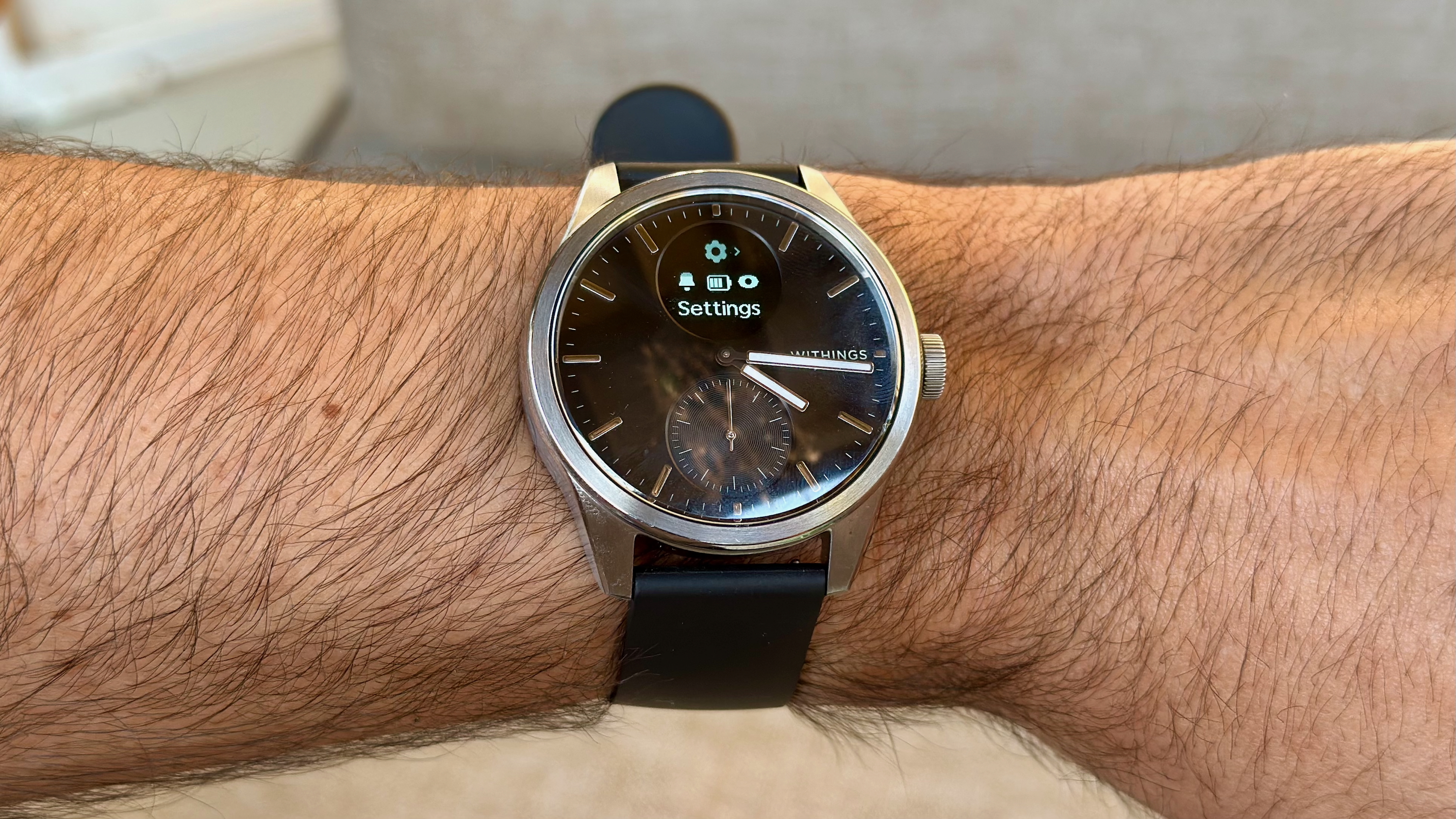
Specifications
Reasons to buy
Reasons to avoid
I reviewed the Withings ScanWatch 2 earlier this year, which barely uses any battery per day, tracks a ton of health data, and keeps things simple, using its tiny OLED display portion to show a little information at a time.
To put it bluntly, many of the best smartwatches for battery life are ugly; they're basic squircles or thick plastic behemoths. The ScanWatch 2 isn't what you'd call light, but its stainless steel chassis and traditional watch hands have a classic charm. It blends in as a more classic watch and seamlessly integrates into your daily routine.
During its 30-day battery span, you'll get data on your heart rate, heart rhythm, blood oxygen, breathing rate, sleep quality, and skin temperature, with FDA-approved precision for its active ECG readings for AFib. Several of our other recommended options track the same data, but only the ScanWatch 2 has 24/7 skin temperature data for health insights.
You may not hit 30 days precisely if you regularly work out (because of the always-active display) or enable every health tracking tool like blood oxygen. I got at least two to three weeks per charge with daily workout tracking. I love that even when the battery is at 0 percent, you'll still get some sleep and basic step tracking for a time until you finally make your way over to the charger.
Alternative: The Garmin Instinct Crossover has a classic fitness watch look with hands that move to the 3-9 spots to make room for notifications, and it lasts 28 days (or 70 if you pay for solar) per charge. We have plenty of thick, data-packed watches on this list, so I figured Withings offered better variety.
Attribute | Quick look | Score |
|---|---|---|
Battery life | Good efficiency for a hybrid watch | ★★★★☆ |
Display | Barely counts as a display, but it clearly displays notifications and apps | ★★☆☆☆ |
Design | People will love the Classic steel aesthetic and crown | ★★★★★ |
Price | About average compared to mainstream smartwatches; you may want the monthly sub | ★★★☆☆ |
Software | Doesn't really have any; it's a hybrid! | ★☆☆☆☆ |
Health | All of the accurate health data you could want, pairs with your smart scale | ★★★★★ |
Fitness | No built-in GPS, has some basic sport modes and Withings+ workouts | ★★☆☆☆ |
Best premium
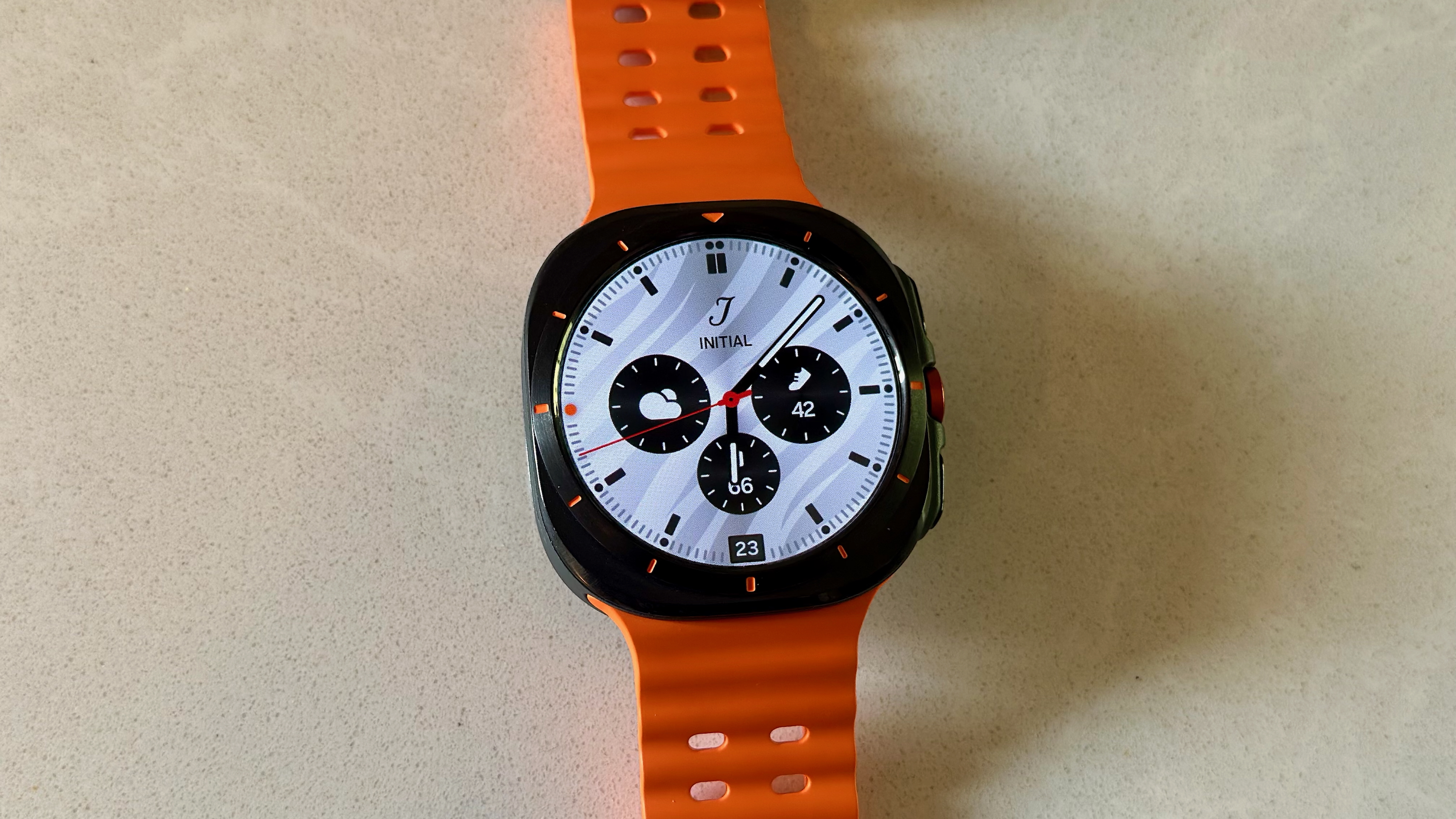
Specifications
Reasons to buy
Reasons to avoid
Although the OnePlus Watch 3 has the battery life you crave, it may not have the polished software you want. Google may develop first-party Wear OS, but Samsung's One UI Watch spinoff is the most popular Android watch option. Samsung promises four years of software version updates, adding new tricks yearly. The Galaxy Watch Ultra is the better device, with three to four days of battery life, military-grade ruggedness, and software perks.
I've reviewed the Galaxy Watch Ultra and am very impressed by its speedy performance. The smartwatch's 3nm Exynos CPU is more efficient than most watch chips and loads apps in a snap without burning the battery. It also has the upside of dual-band GPS and heart rate data, which did impressively well in my fitness testing.
The Galaxy Watch Ultra battery didn't impress me at launch, but it was because launch software issues were draining the battery. Since Samsung fixed the problem, it consistently lasts three days with AOD active, barely using any battery during sleep tracking or when idle on my wrist. It's not a perfect device, but it certainly feels like a flagship watch. You'll value the 3,000-nit display (only matched by the Apple Watch Ultra 2), the voice assistant commands, and the third button for quick fitness app shortcuts.
Note that Samsung has introduced a 2025 version the Samsung Galaxy Ultra with some upgrades with just a few minor upgrades. This includes a new Titanium Blue finish option along with double the storage for music and apps at 64GB, and One UI out of the box, which adds features like antioxidant index, Running Coach, Bedtime Guidance, Vascular Load, and built-in Gemini access. But all of these OS features are available with the Samsung Galaxy Watch Ultra (2024) as well with the update.
Alternative: The Apple Watch Ultra 3 is an obvious alternative for iOS users, as Samsung borrowed heavily from it when designing its own Ultra. Still, that watch will barely last two days, giving Samsung the edge. For Android users, I'll point back to the OnePlus Watch 3.
Attribute | Quick look | Score |
|---|---|---|
Battery life | Longer-lasting than most mainstream watches | ★★★★☆ |
Display | Large, vivid, and smooth display; only comes in one size | ★★★★☆ |
Design | Durable and stylish, though heavy and lacks buttons/crown of other picks | ★★★★☆ |
Price | Look for a trade-in deal, as this is quite expensive | ★★☆☆☆ |
Software | Four years of Wear OS, Google Assistant, third-party apps | ★★★★★ |
Health | Highly respected Samsung Health metrics with no subscription | ★★★★☆ |
Fitness | Comparable GPS and HR accuracy to Garmin watch in tests; may be uncomfortable for sleep tracking; no training plans | ★★★☆☆ |
Best longevity
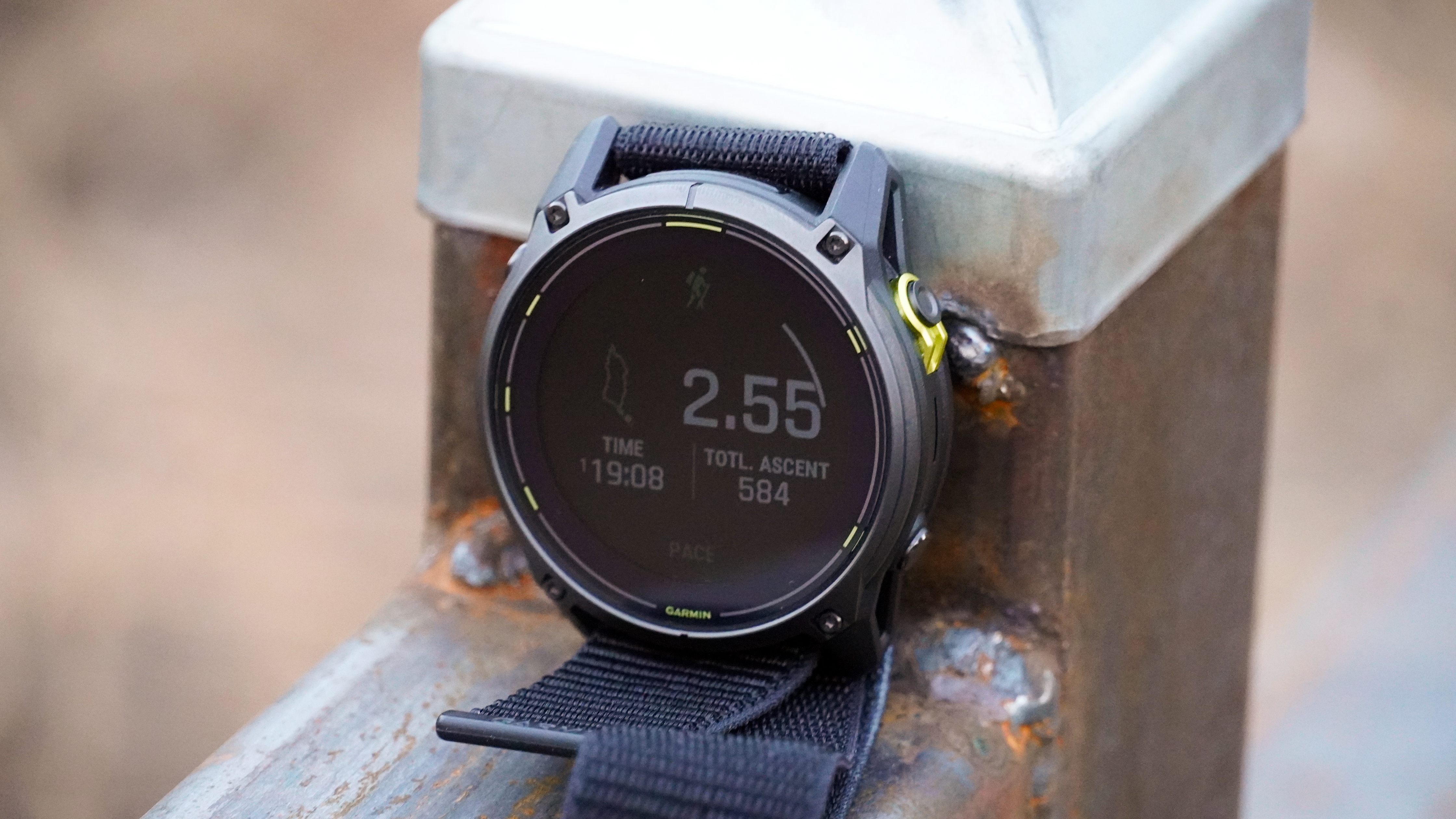
Garmin Enduro 3
Specifications
Reasons to buy
Reasons to avoid
If you clicked on our guide to the best smartwatches for battery life and care solely about the raw battery numbers, then the Garmin Enduro 3 is your watch. It can last an outrageous three months per charge with daily solar recharges or just as long indoors in battery-saver mode. You might "only" get a few months if you regularly use dual-band GPS tracking, but it's still in a distinct league from any other watch.
While I technically haven't tested the Garmin Enduro 3 yet, I'm testing the Fenix 8, which launched simultaneously and has most of the same software. Both are flagship Garmin models that share most of the exact software perks.
It has built-in TopoActive maps for exploring national parks, with NextFork telling you what trailheads are ahead and a new "dynamic round trip routing" tool to choose the correct trail look to be home at a specific time, all visible mid-hike on your wrist. You can even subscribe to fancier Outdoor+ maps for satellite imagery. It's still a MIP display, so it saves on battery and looks fantastic in direct sunlight (where it'll recharge energy as you trek).
With the Enduro, you get all of the perks of the high-end Garmin Forerunner 965, but with 90 dual-band GPS hours instead of 19. You also get unique sports insights for activities like golf, back-country skiing, surfing, and cycling that many won't need, but some will really benefit from. Of course, all its "smarts" are fitness-related; you won't get an assistant, calling, or third-party apps.
Alternative: The Enduro 3 is costly, so look for older generations of Enduro or Fenix that might lose a month or two of battery but still last plenty long for most. The Fenix 8 Solar comes in more sizes, has a built-in mic & speaker, and looks more stylish. If you're looking for a long-lived MIP option from another brand besides Garmin, I'll point again toward COROS.
Attribute | Quick look | Score |
|---|---|---|
Battery life | Top-class for standard and solar battery | ★★★★★ |
Display | If you don't mind MIP, this gives you all the space you need | ★★★★☆ |
Design | Comfortable weight, titanium bezel, useful buttons | ★★★★☆ |
Price | Only accessible to well-off athletes | ★☆☆☆☆ |
Software | Missing some of the Fenix 8's tricks | ★★☆☆☆ |
Health | Accurate and in-depth data like Body Battery and ECG readings | ★★★★☆ |
Fitness | All of the training tools you could ever want | ★★★★★ |
Honorable mentions
I recommended alternatives throughout this guide because battery life is just one consideration when choosing a smartwatch. Some might do better for battery but worse in other areas. So, along with the picks above, I'm including a few alternate selections I've personally tested and wholeheartedly recommend.
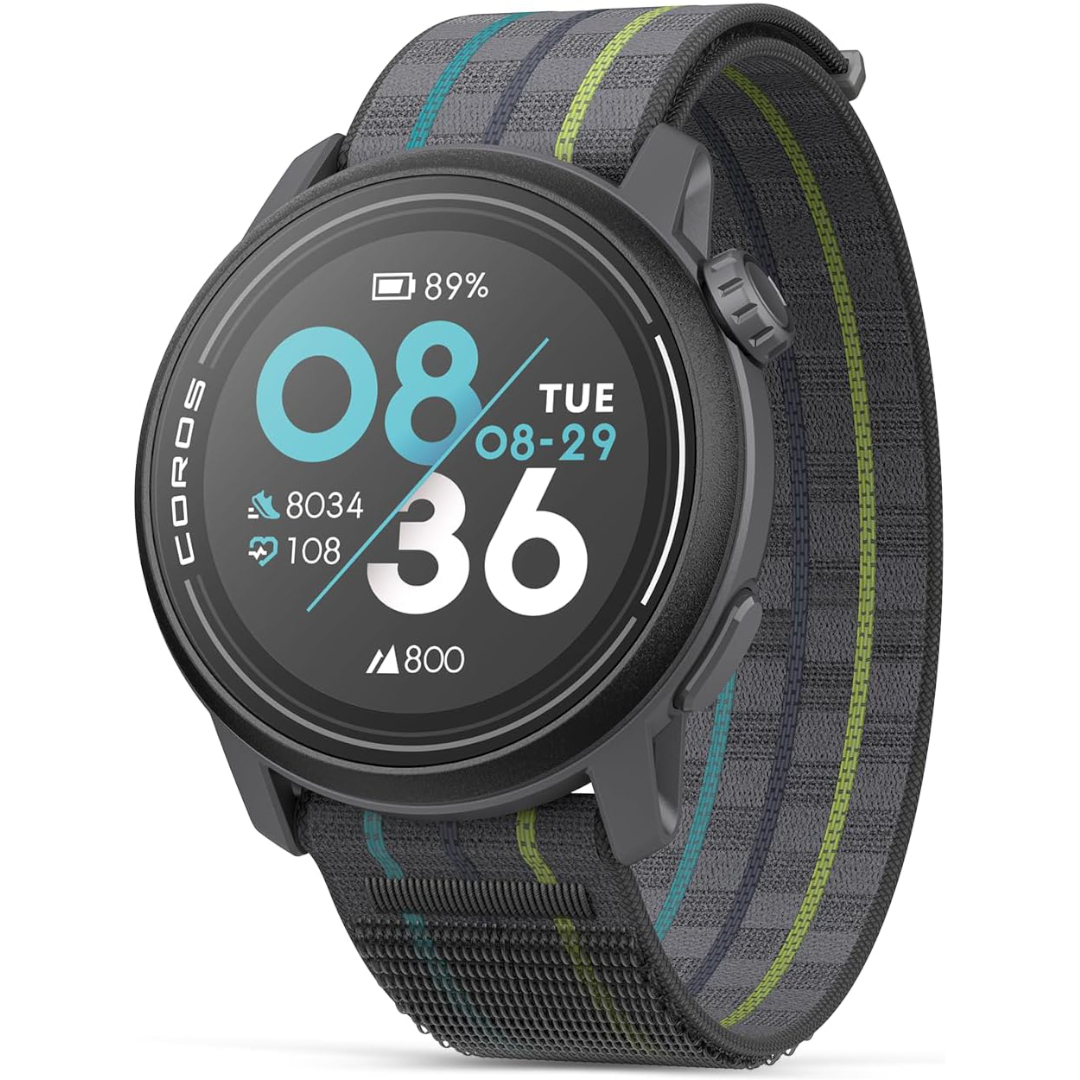
Affordable MIP excellence
One of the best running watches, the COROS PACE 3, lasts 15 days with continuous heart and stress readings or 38 hours of GPS tracking. It has advanced EvoLab training metrics and, at 30g, weighs about a third of what many of our top picks weigh, making it highly comfortable. If you don't want to spend much and want an MIP watch, this is my first recommendation.
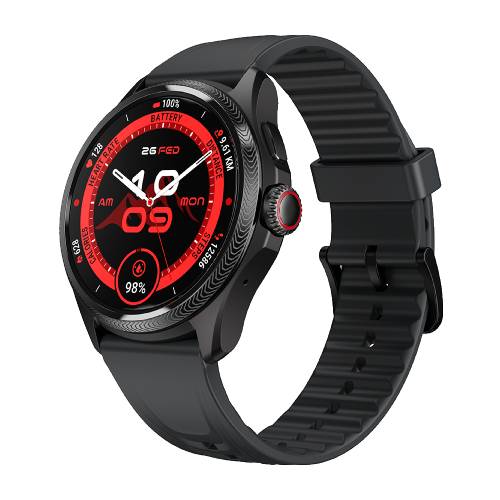
Up to 45 days* with Wear OS
As I mentioned above, three Wear OS watches consistently last at least three days, and the TicWatch Pro 5 Enduro was the odd watch out. After a long wait, it finally received the Wear OS 4 update, which may be the last. As is, this is a marathoner of a watch that can technically last over a month if you disable its smarts and AMOLED display for a simple backlit backup.
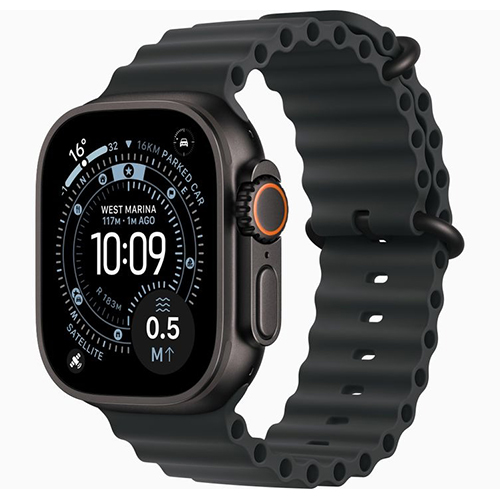
For Apple fans
Like the Galaxy Watch Ultra, the Apple Watch Ultra 3 combines premium specs with a premium price. While the 36 hours is barely a blip compared to an Enduro 3, it's longer than the Apple Watch Series 11. So, if you can afford it, why not pay so you don't have to charge it more than once a day?
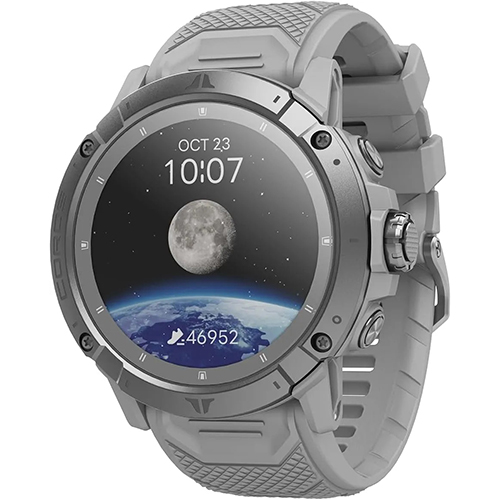
No solar required for power
This heavy, expensive watch doesn't have the hook of solar recharging, but on its own merits, it'll last 36 days with HR and HRV checks, or up to 118 hours of GPS tracking. You'll rarely find any smartwatch hitting those numbers. This watch is designed with serious climbers or skiiers in mind, people who need a rugged watch that won't quit across long excursions.
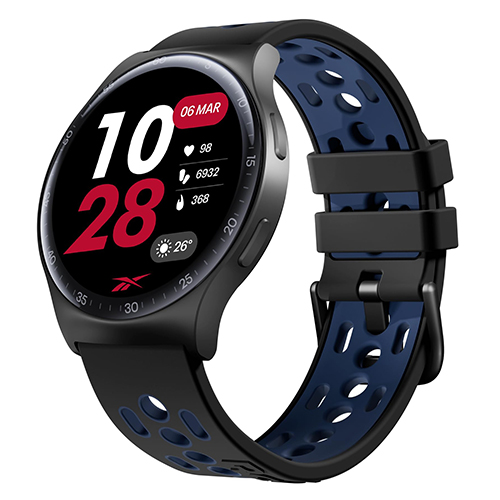
Up to 10 days
In real-world scenarios, even with the always-on display, the Reebok Pulse lasts for about a week per charge, which is pretty impressive. While it isn't as reliable as others for things like sleep tracking and caloric burn, it's a decent smartwatch for entry users at a fab price. But the best part? You'll only need to charge it 4-5 times per month.
Comparing battery life across brands
Our guide is focused on the best smartwatches for battery life, which means focusing on other aspects besides longevity. If you're mainly interested in finding specific data on battery life, and want more options than what we've tested for ourselves, the tables below will give you the data you need.
First, we'll break down the longest-lasting MIP and AMOLED watches and split them into their own tables. Many runners prefer the longevity of MIP tech, while others prefer the visual upgrade of AMOLED and don't mind losing some battery life for it.
Our tables focus on each brand or subbrand's best battery watch options rather than listing dozens of options.
Watch | Daily battery / with solar | GPS / with solar | Dual-band GPS / with solar |
|---|---|---|---|
COROS APEX 2 Pro | 24 days | 66 hours | 24 hours |
COROS PACE 3 | 17 days | 38 hours | 15 hours |
COROS VERTIX 2S | 40 days | 118 hours | 43 hours |
Garmin Enduro 3 | 36 / 90 days | 120 / 320 hours | 60 / 90 hours |
Garmin fenix 8 51mm Solar | 30 / 48 days | 95 / 149 hours | 52 / 65 hours |
Garmin Forerunner 955 Solar | 15 / 20 days | 42 / 49 hours | 20 / 22 hours |
Garmin Instinct 2X Solar | 40 days / "Unlimited" | 60 / 145 hours | 27 / 36 hours |
Polar Pacer Pro | 7 days | 35 hours | N/A |
Brand | Daily battery life | GPS battery life | Dual-band GPS |
|---|---|---|---|
Fitbit Sense 2 | 6 days | 5 hours | N/A |
Garmin fenix 8 51mm AMOLED | 29 days | 84 hours | 62 hours |
Garmin Forerunner 965 | 23 days | 31 hours | 19 hours |
Garmin Venu 3 | 14 days | 26 hours | N/A |
Garmin Vivoactive 5 | 11 days | 21 hours | N/A |
Polar Vantage V3 | 10 days | Unknown | 43 hours |
Suunto Race | 16 days | 65 hours | 50 hours |
Xiaomi Smart Band 8 Pro | 14 days | Unknown | Unknown |
We're also listing out mainstream watches that we've specifically tested or reviewed and can recommend on their own merits unrelated to battery life. You can decide what battery life number is good enough for your needs!
Watch name | Daily battery life | Power Saver | GPS battery life |
|---|---|---|---|
Apple Watch S series | 18 hours | 36 hours | 7 hours |
Apple Watch Ultra 2 | 36 hours | 72 hours | 12 hours |
Samsung Galaxy Watch 7 | 40-48 hours | ~72 hours | Unknown |
Google Pixel Watch 3 45mm | 48 hours | ~72 hours | ~10 hours |
Samsung Galaxy Watch Ultra | 72 hours | 100 hours | 13 hours |
OnePlus Watch 3 | 72 hours | 16 days | Unknown |
Mobvoi TicWatch Pro 5 Enduro | 90 hours | 45 days | Unknown |
FAQ
How do I charge my smartwatch?
As with most Android devices, your smartwatch should come with a charging cable and instructions on how to use it. Many watches have a USB port built directly into the device, while others may support wireless charging. To charge your smartwatch, simply grab the charger that came with the device and connect one end to the watch while plugging the other end into a wall outlet. The smartwatch display should then show the device's current charging status to confirm that it's working.
Are smartwatches safe?
Smartwatches are widely considered safe for most healthy people to use, and they can actually contribute to better overall health through features such as heart rate monitoring, fall detection, and sleep tracking.
Although the benefits are largely thought to outweigh the risks, smartwatches are known to emit small amounts of EMF (electro-magnetic field) radiation, just like smartphones and other wireless devices. Most mainstream smartwatch manufacturers design their wearables with the strictest safety standards in mind, but if you'd like to reduce your exposure to EMF radiation, consider taking off your smartwatch at certain points throughout the day, or turn on airplane mode when the device isn't in use.
Are smartwatches waterproof?
Although most smartwatches aren't technically "waterproof", the vast majority of Android wearables on the market are designed to be water-resistant. This means that most models can withstand some moisture from rainfall or the occasional splashes of water, while others may be resistant enough to be used in a swimming pool.
When picking out a smartwatch, be sure to check the product's water-resistance rating. These generally appear as ATM (Atmospheres) ratings or IP (ingress protection) ratings. A watch with a 5 ATM rating can be using in a swimming pool, for instance, while a device with IPX8 protection can be submerged in water for a limited time.
How long do smartwatch batteries last?
It depends entirely on the smartwatch you choose. Many of the most popular devices will last one to seven days, while some battery life beasts can harness the power of the sun to last indefinitely. Needless to say, purchasing one of the watches above will ensure that you're getting plenty of bang for the buck when it comes to battery life.
Why is my smartwatch battery draining so fast?
If the battery life on your smartwatch is draining too quickly, it's probably due to some suboptimal settings or apps running in the background. To optimize battery life, try reducing the screen brightness or disabling some background apps that you may not need. You can also adjust some of the automatic features to meet your daily needs. Most folks don't need their watch to do continuous GPS tracking while they're at home, for instance.
Many smartwatches also come with a "wake-on-wave" feature that activates the watch screen every time you move your wrist. This can be turned off to save battery life. You can also make your watch more battery-efficient by updating the operating system and any apps on your device.
Are smartwatch batteries replaceable?
Most smartwatches do have replaceable batteries, but you'll generally need to pay a professional to do the work for you, and it usually isn't cheap. This prohibitive cost leads many shoppers to simply buy a new smartwatch rather than replace the old battery. If you're interested in replacing the battery yourself, you'll need to invest in the right tools and find the right instructional DIY guides online.
Where can I find the best Black Friday smartwatch deals?
For the best Black Friday deals on smartwatches, start with the big name retailers like Amazon and Best Buy. The brand direct online stores sometimes offer special sales as well, but they'll likely offer in and around the same discount as other retailers. However, if you have an older model watch to trade-in, some brands will offer credits. Smartwatches are often a big part of Black Friday promotions no matter where you find them, so keep an eye out for big discounts and level up your wrist game.
How to choose
What smartwatch should I get?
Why you can trust Android Central
When deciding on the best smartwatches for battery life, your first consideration should be this: MIP or AMOLED? More fitness watch brands are transitioning to AMOLED its brighter, more efficient, less likely to burn in than in the past, and to compete with mainstream watches. But the old guard still prefers MIP, which is lower-res and looks worse indoors but is much more readable outdoors in most conditions. I prefer AMOLED, even if it means shorter battery life; you'll have to decide if you agree or disagree.
If you choose MIP, decide if a solar panel is necessary. The Garmin Instinct 2X Solar or Enduro 3 might sound appealing, but if you don't get frequent, direct sunlight for the watch to pick up on, you won't actually have "unlimited" battery. And if you work out daily with dual-band GPS tracking, the watch won't be able to refill its battery quickly enough. You may choose a watch that skips the pretense and lasts a long time on its own merits.
If you choose AMOLED, the next decision is obvious: do you want a smartwatch or fitness watch? Among the best Android smartwatches, most Wear OS models last no longer than four days, whereas even short-lived Fitbit watches last six days, and Garmins last a couple of weeks. Do you want to lose functionality in exchange for battery peace of mind?
I can't answer those questions for you, but hopefully, I've given you enough information to decide. I hope the information helps you select a watch you'll love and be happy with for years to come.
Get the latest news from Android Central, your trusted companion in the world of Android

Michael is Android Central's resident expert on wearables and fitness. Before joining Android Central, he freelanced for years at Techradar, Wareable, Windows Central, and Digital Trends. Channeling his love of running, he established himself as an expert on fitness watches, testing and reviewing models from Garmin, Fitbit, Samsung, Apple, COROS, Polar, Amazfit, Suunto, and more.
- Patrick FarmereCommerce Editor
- Christine PersaudContributor
